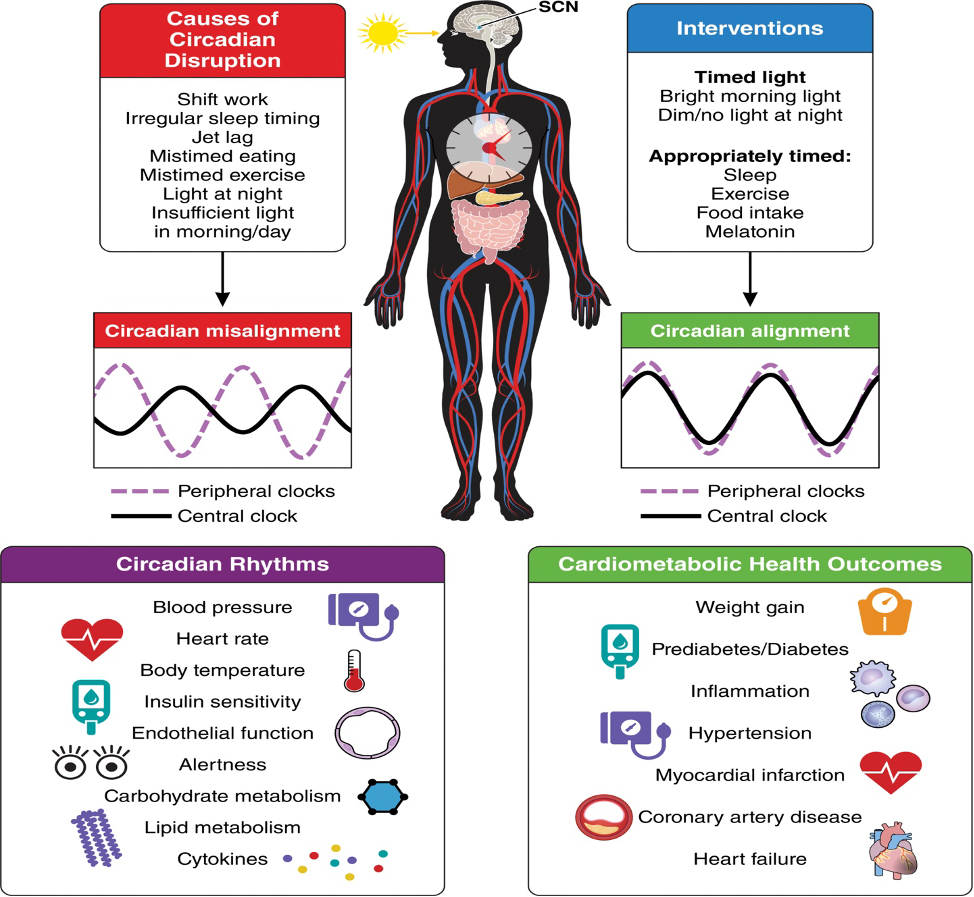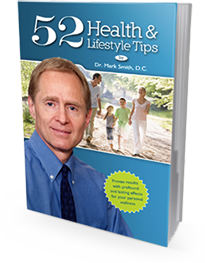COVID-19 Prevention Strategies: Is Exercise Effective at Risk Reduction?
Hello again everyone:
As you are all aware, people with certain pre-existing health conditions are at greater risk of developing the more severe forms of reaction to this corona virus, including the ARDS (Acute Respiratory Distress Syndrome) that can lead to death. And did you know that plain old exercise is known to reduce those risk factors substantially and can be viewed as a potential treatment?? This link takes you to a short article that is worth reading in its entirety:
It turns out that exercise causes our muscles to release a potent antioxidant that scavenges free radicals that create inflammation and cell damage/death, and this includes acute lung diseases. The lead researcher from the University of Virginia states that this antioxidant is:
“…known as “extracellular superoxide dismutase” (EcSOD). This potent antioxidant hunts down harmful free radicals, protecting our tissues and helping to prevent disease. Our muscles naturally make EcSOD, secreting it into the circulation to allow binding to other vital organs, but its production is enhanced by cardiovascular exercise.”
“Research suggests that even a single session of exercise increases production of the antioxidant, prompting Yan to urge people to find ways to exercise even while maintaining social distancing. “We cannot live in isolation forever,” he said. “Regular exercise has far more health benefits than we know. The protection against this severe respiratory disease condition is just one of the many examples.”
Bottom Line: If you are not exercising regularly, now is a really great time to start, especially because cardiovascular exercise can easily be done while appropriately socially distancing. Start with walking and gradually increase your speed as your body allows. Better yet, try some interval training. For example, if you are out of shape, start walking and get warmed up. Then for 30 seconds, walk much faster until you are definitely breathing harder…then slow back down to the original walking pace till you recover your breath and your heart rate goes back down to what it was when you were walking. Repeat this process 3 or 4 times to start and gradually increase the number of intervals and their intensity over the coming weeks and months.
Be careful and ramp up slowly. Make sure you are cleared by your medical physician to start exercising like this.
The good news is that exercise will positively benefit anyone with the pre-existing health conditions known to be major risk factors for increasing severity of COVID-19, also more accurately known as SARS-CoV-2. These conditions include being obese and/or overweight, blood sugar issues, high blood pressure, and (unfortunately) just being older. The more physically fit, the stronger our immune system.
Once again, as a clarification, there are no human trials proving exercise is a treatment but there are multiple reasonable and plausible evidence informed scientific research reports that lead to the conclusion that exercise can be a component of your self-care and thus prevention. Just do it!!!
PS: And don’t over-do it as over-exercising can have the opposite effect…so be careful!!
The post COVID-19 Prevention Strategies: Is Exercise Effective at Risk Reduction? appeared first on RICHMOND CHIROPRACTIC NEUROLOGY.





